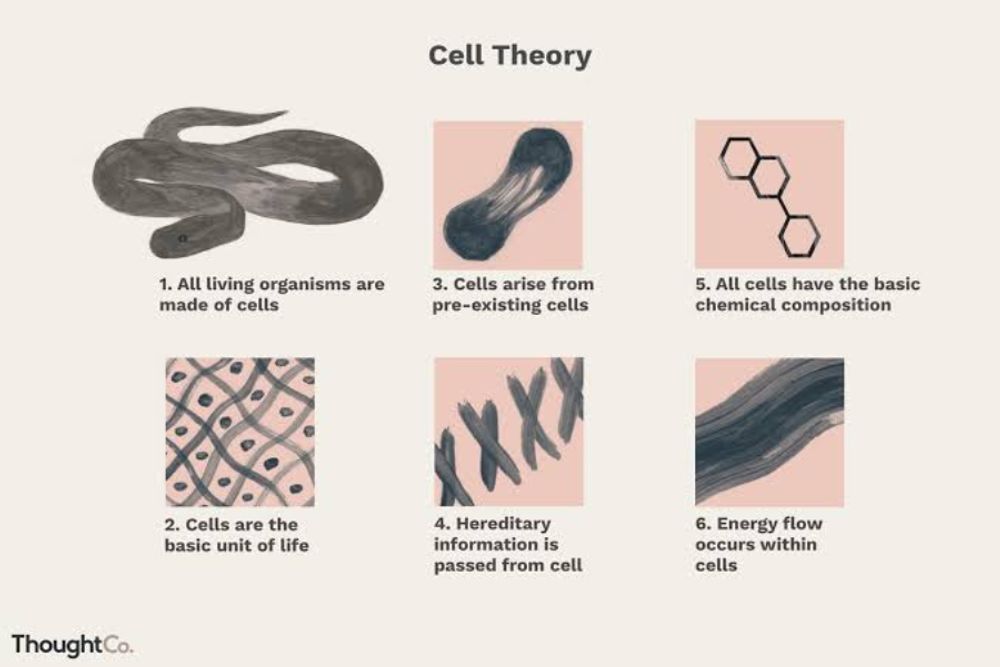

The history of cell is of considerable interest and its knowledge is essential in order to understand its present status. Wilson (1925) gave a brief but complete sketch of its history in the introduction of his Book "The Cell". A more detailed description was provided by Shleiden (1953) and Hughes (1959). The discovery of the cellular structure of organisms is intimately related to the invention of the microscope. The makers of spectacles further improved the techniques for the polishing of short focus lenses. Leeuwenhoek (1674) made lenses of magnifications which were satisfactory for simple scientific observations. Galileo in 1910 was probably the first man who constructed a microscope by combining the lenses in a tube made up of lead.Kihcher in 17th century, was the first to employ microscope systematically for the study of diseases. With the dvelopment of microscope, new scientific studies became possible. Robert Hooke modified the microscope of Kihcher and built a new one of its own kind. In 1665 Robert Hooke presented the texture of cork before the "Royal Society of London with the help of his microscope. This marked revolution for all the knowledge concerning the microscopic organization of living substances Thus, Robert Hooke (1665) left to us the name of cells.
In the same century some other workers like Grew and Malpighi observations of Hooke in different plants and recognized in them minute cavities which they called "utricles" or "vesicles". This knowledge remained stationary until the beginning of 19th century.

CELL THEORY-It was proposed by M. J. Schleiden (German botanist) and T Schnwann (a German zoologist) According to this theory, all animals and plants are made up of cells and their products. They were the initiators of the cell theory. Perhaps they were also the first to attach a meaning to the term "cell" which is also acceptable today. Long before Schleiden and Schneann, numerous investigators had previously sponsored more or less the same idea in the incomplete form. Mirbel (1808-09) came to the conclusion that plants are formed by a membranous cellular tissue Likewise Lamarck (1809) stated. "Nobody can have life if its constituent parts are not cellular tissue or are not formed by cellular tissue". From 1824 to 1830 works of Dutrocher (1824), Turpin (1826) and many others, not only confirmed the universality of cell, but also hinted at the concept of cellular autonomy, in both, morphological and physiological sense. In 1831 Robert Brown described the nucleus, in 1832 Dumortier reported the cell division in algae, and from 1835 to 1839 Van Mohl sketched many features of mitosis. In spite of these facts "One of the most surprising print in the history of science is that in many texts of biology, the writers consider Schleiden (1838), (Professor of Botany) as the founder of cell theory, as he had discovered for the first time that all plant-tissues are composed of cells" The results of Schleiden were extended to animals by Schwann (1839). He carried out a minute investigation of the tissues of the animal body and of the development of cells and used the term "Cell theory" by stating, "The cells are organisms, and animals as well as plants are aggregation of these organisms, arranged in accordance with definite laws". His conclusion established the cell theory in a definite form.
Schwann proposed definite conclusion regarding the morphology and physiology of cell: He divided the cellular phenomenon into two groups-the "Plastic phenomenon" and "Metabolic phenomenon His plastic phenomenon corresponds with the modern term cellular morphology while metabolic phenomenon deals with results from chemical changes, whether in the particles that compose the cell itself or in the surrounding cytoblastema.
Schleiden, however, was wrong in many details, especially with regard to his conceptions concerning cellular replication. According to his theory the new cells were formed inside the old ones from the nucleus which he consequently referred to as the 'cytobast'. This view seems to have been rather widely adopted despite of some criticism until the late 1840's. Between 1840 and 1860 the work of Yon Mohl, Nageli, Remak and Virchow provided strong evidence for the idea that every cell is derived from a pre-existing cell by some type of division. In 1882 Flemming described somatic division in considerable detail and applied the term 'mitosis' to the process. Louis Pasteur also gave experimental evidences to support Virchow's view. It is obvous that there are two main components of cell theory (living organisms are composed of cells and (ii) all the cells arise from pre-existing cells.



